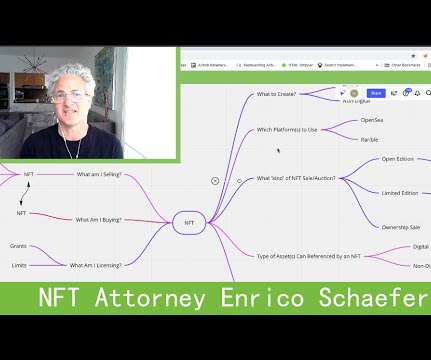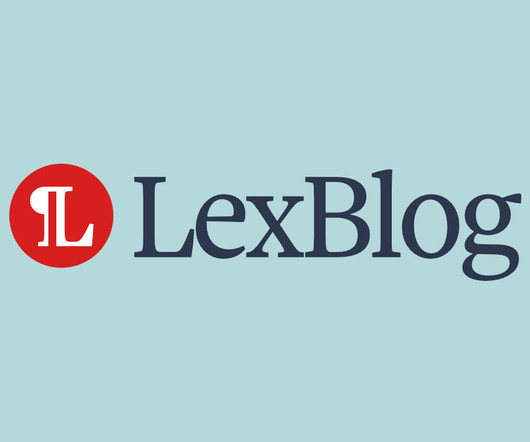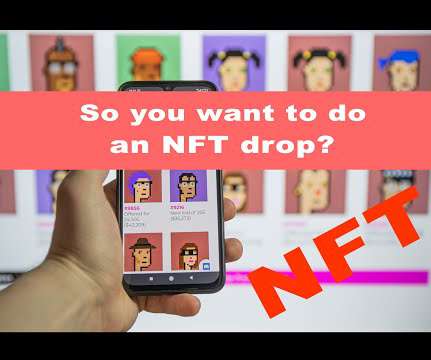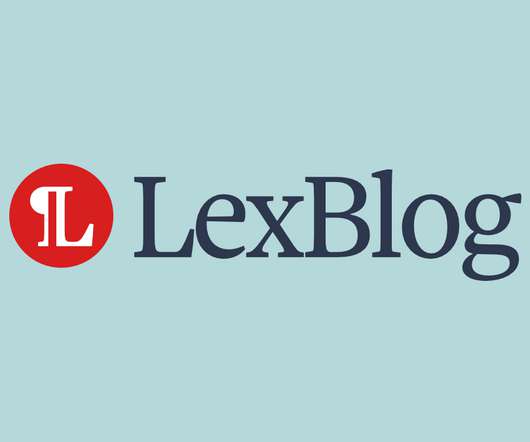NFT Copyright License Rights: Due Diligence is Critical.
Traverse Legal Blog
APRIL 17, 2021
With that in mind, we now have something called non-fungible tokens or NFTs. Top marketing places include: OpenSea – Built on ERC-721 and ERC-1551 non-fungible token standards – the largest marketplace for creator-owned digital goods – easy onboarding experience for new users – create your own storefront.












Let's personalize your content